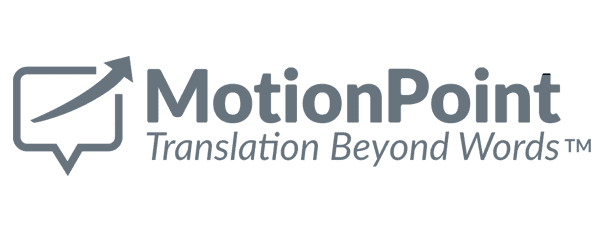




The value of translating secure customer portals becomes very apparent, very quickly, when your company engages multilingual and international users. After all, customers won't stay customers for long if they can't read:
But localizing these secure login areas is notoriously challenging—even more challenging than localizing conventional public-facing websites. To provide a seamlessly translated CX that increases engagement, conversions and revenue, you need to understand the key challenges of portal translation.
Here’s a quick list of the pitfalls, along with some best practices that can save your company time, effort and money.
Even the savviest technologists may not fathom the problems that can sidetrack or outright derail a portal translation project. Here some common ”gotchas” to be aware of:
Some portal-management providers claim their platforms have multilingual features that can easily handle translated content. Malheureusement, la plupart de ces fonctions sont inadaptées. Elles mobilisent souvent des efforts et des ressources non prévus.
For instance, these systems rarely have automated translation workflows, which forces your team (or a vendor) to manually manage the process of finding on-site translatable content, sending it off to translators, and integrating the translated material into the localized website.
Ce processus prend du temps, augmente les risques d'erreur et s'avère finalement coûteux.
Many companies believe they can tackle their portal translation projects with in-house resources. It's best avoiding this technical and financial minefield. The problems your teams inherit will quickly outpace the cost of hiring a seasoned portal translation vendor. En voici quelques-unes :
Choosing a vendor is poses its own risks, too. Many translation providers generate the bulk of their revenue by charging by the translated word.
They’re not incentivized to develop optimizations that might reduce your project’s word count, which would reduce your costs. In fact, their legacy business models depend on maximizing your translation spend, not minimizing it.
Even when vendors offer attractive low price-per-word translation rates, things may not be what they seem. Low prices may result in poor translation quality, or might distract you from unseen costs associated with editing and project management.
The engaging personalized experiences that portals provide are powered by complex web applications, interactive functionality and dynamic technologies. This makes them uniquely challenging to translate.
Accurately parsing and compiling a portal's translatable content-which is usually tucked away within React and Angular frameworks, JSON or XML code-is practically impossible for in-house linguists. Nearly all third-party vendors can't make sense of these technologies, either.
The end result:
Neither outcome is acceptable.
Choosing the right translation partner isn't as hard as it sounds, if your goal is to eliminate effort for your internal teams. Les bons prestataires répondent à cette demande sans compromettre la qualité de traduction, la vitesse, la flexibilité ou les économies de budget.
Look for a portal translation approach that delivers a world-class experience for your multilingual customers without overtaxing your in-house team.
Proxy-based translation solutions can do that. They operate independently of your portal platform, making translation and operation effort-free for you. The best solutions are fully compatible with your tech stack, even if your portal was built with in-house resources or leverages content stored in legacy (or obsolete) frameworks.
The best vendors offer turn-key proxy-based solutions that:
Fully turn-key solutions with superior content-parsing technologies can handle all of the under-the-hood complexities that make portal translation such a burden for IT teams. The aforementioned issues about web applications and dynamic, personalized content are great examples of this.
Great turn-key proxy solutions can parse translatable text from these applications while preserving their framework logic. After translation, they elegantly reintegrate the localized content back into the applications, too.
They can also translate content that “lives” on third-party services or servers, or in multimedia files (such as images, PDFs and videos), all with no customer-side effort required.
It’s critical to choose a great vendor whose solution sidesteps the common pitfalls of portal translation, and embodies its best practices. The best vendors eliminate effort for you, and deliver seamlessly localized portal experiences for your customers—no matter where they live, or what language they speak.